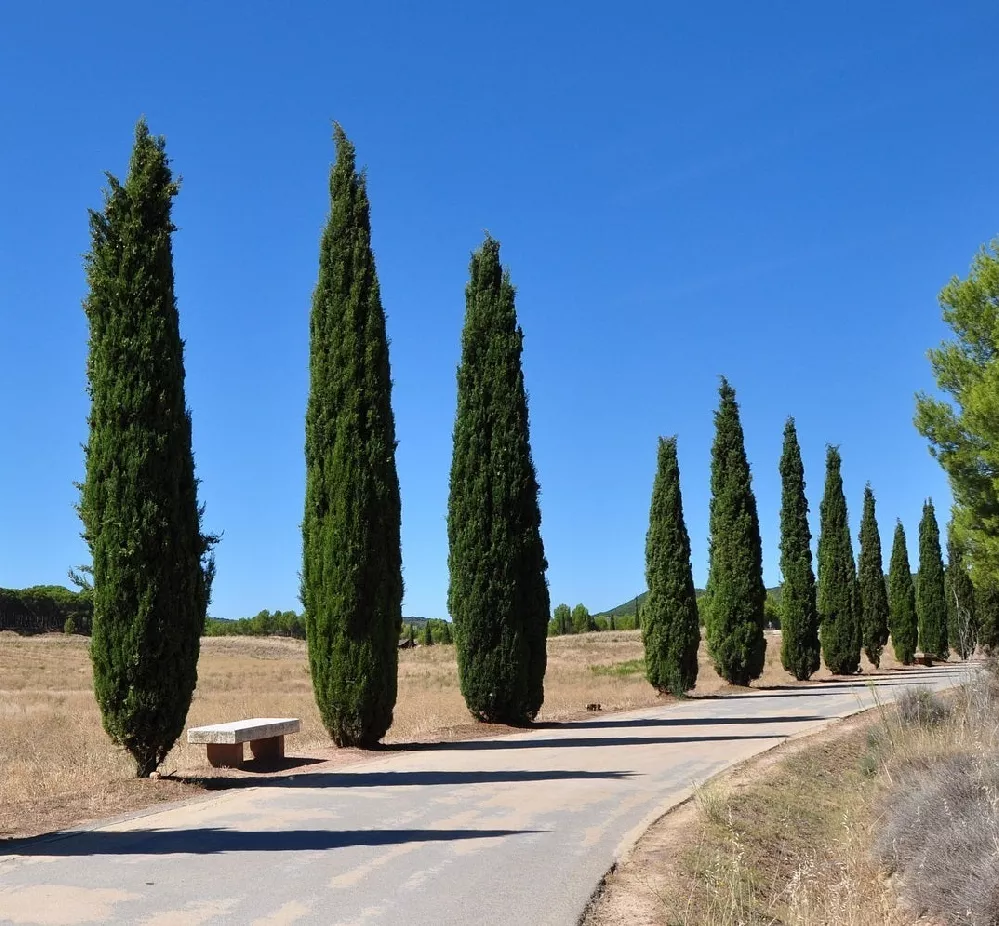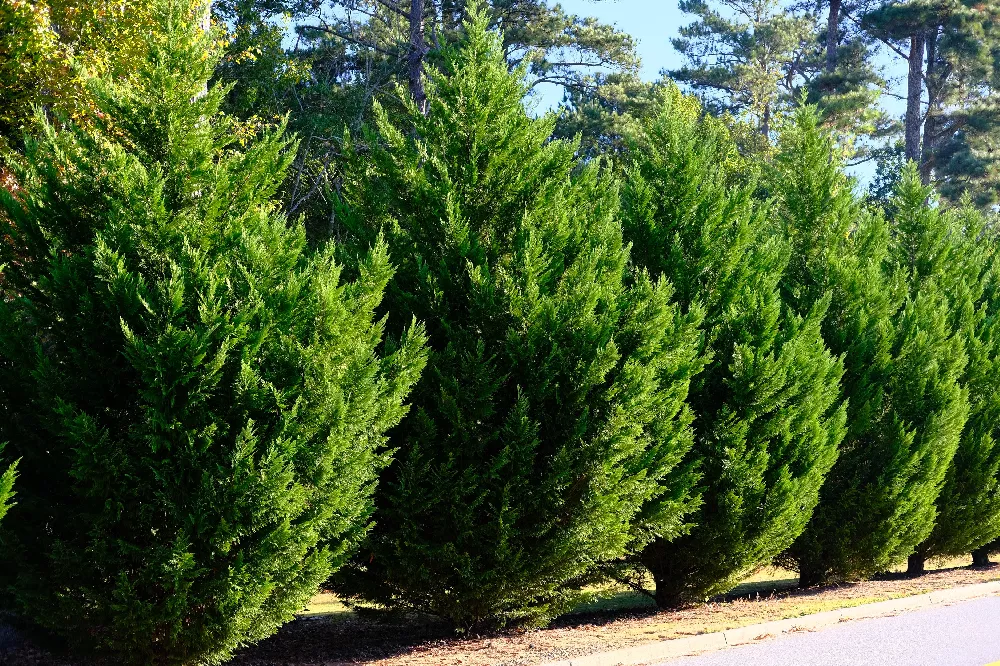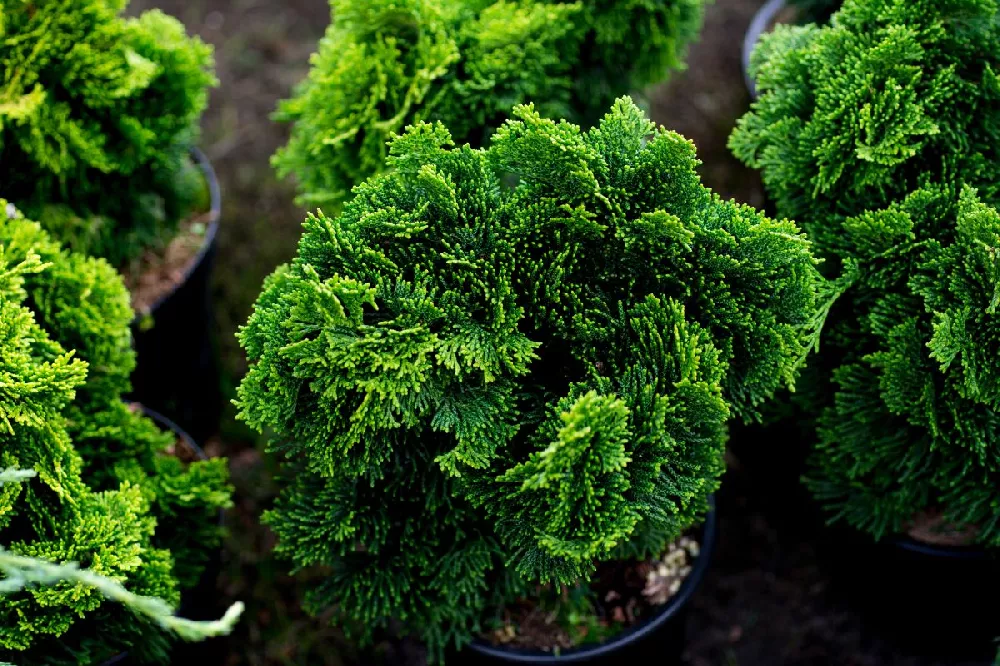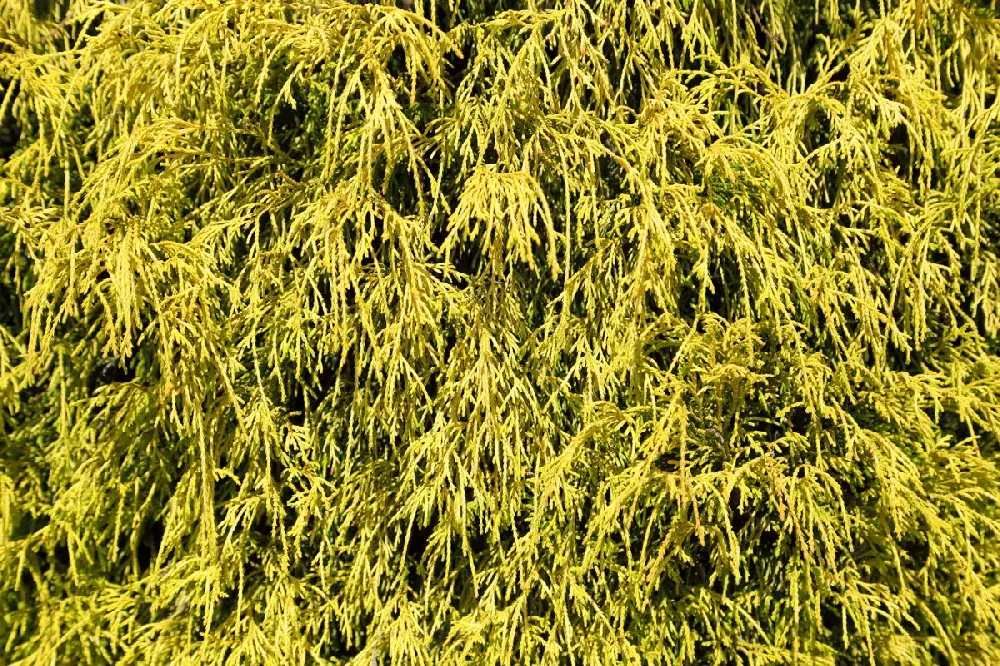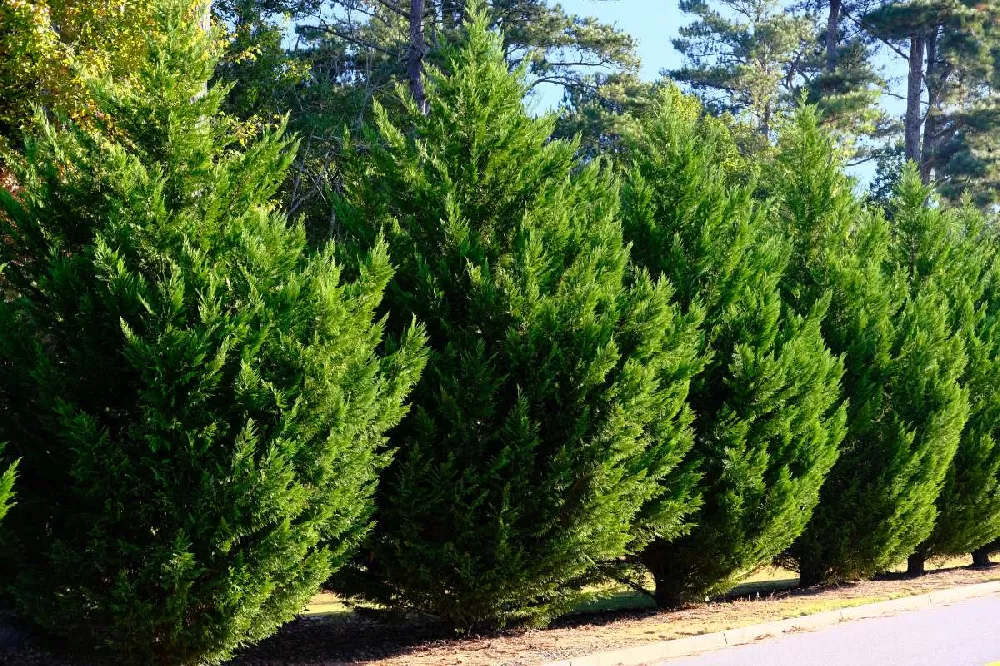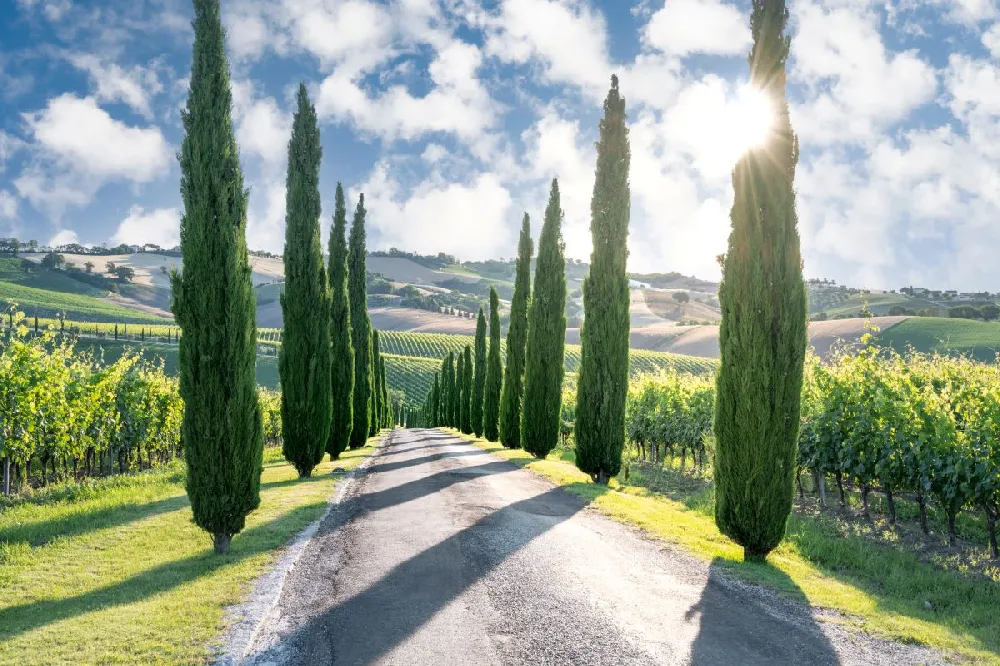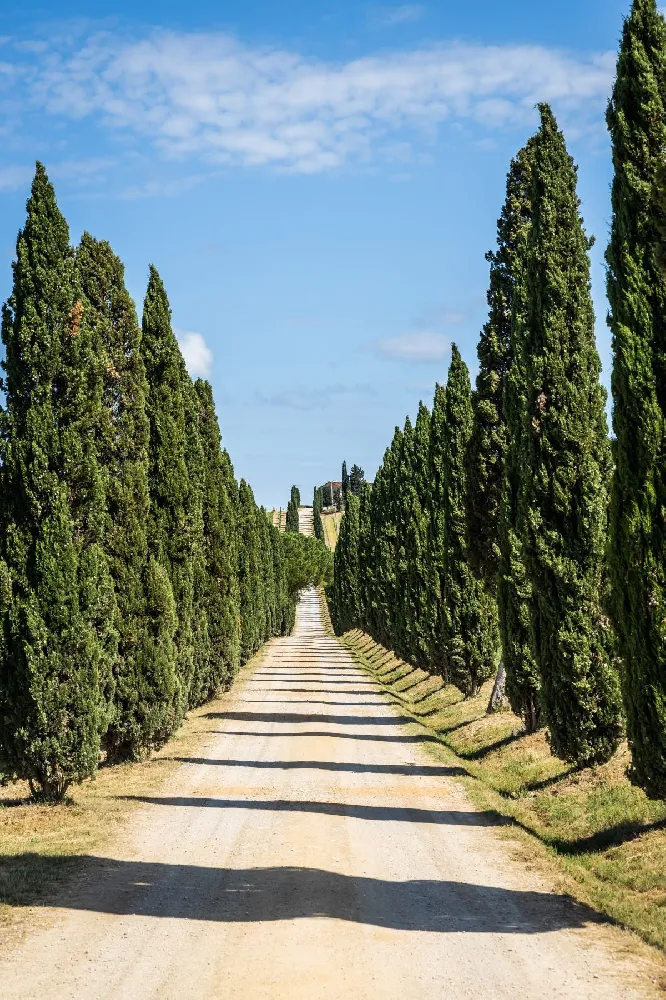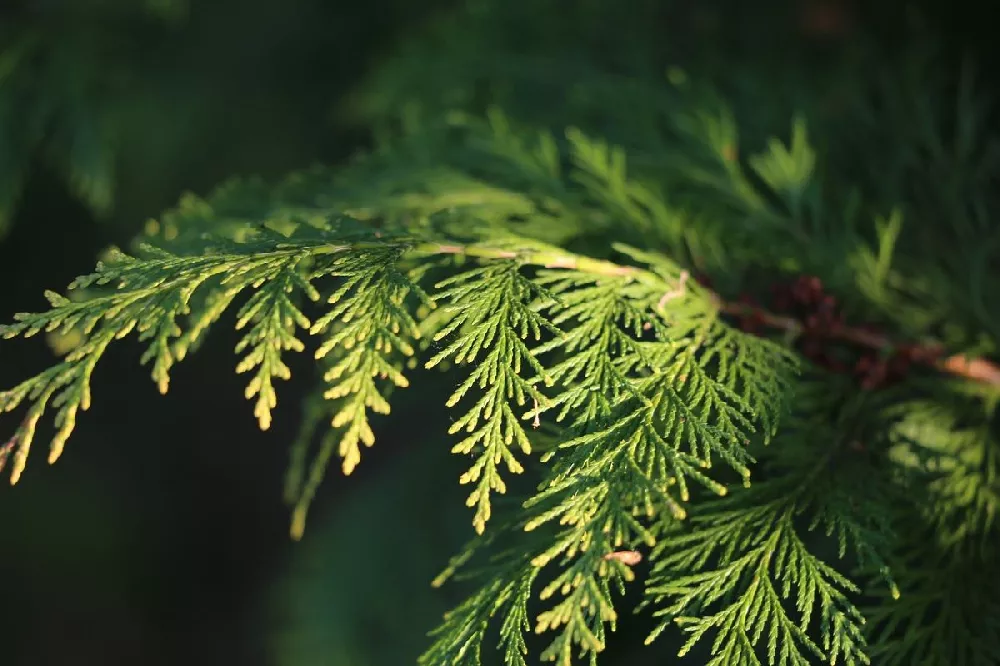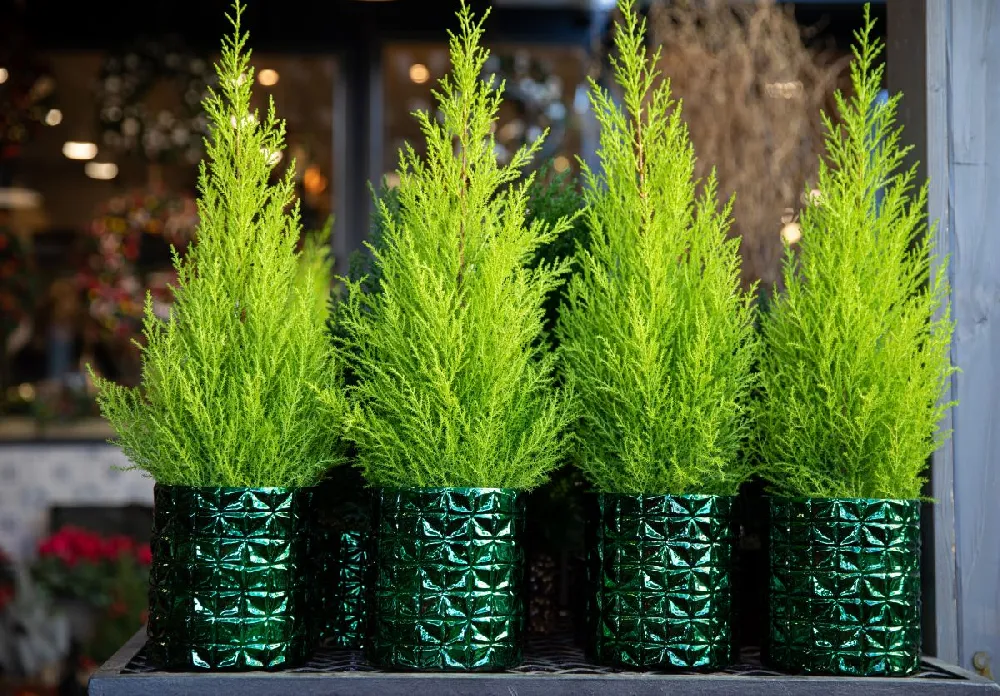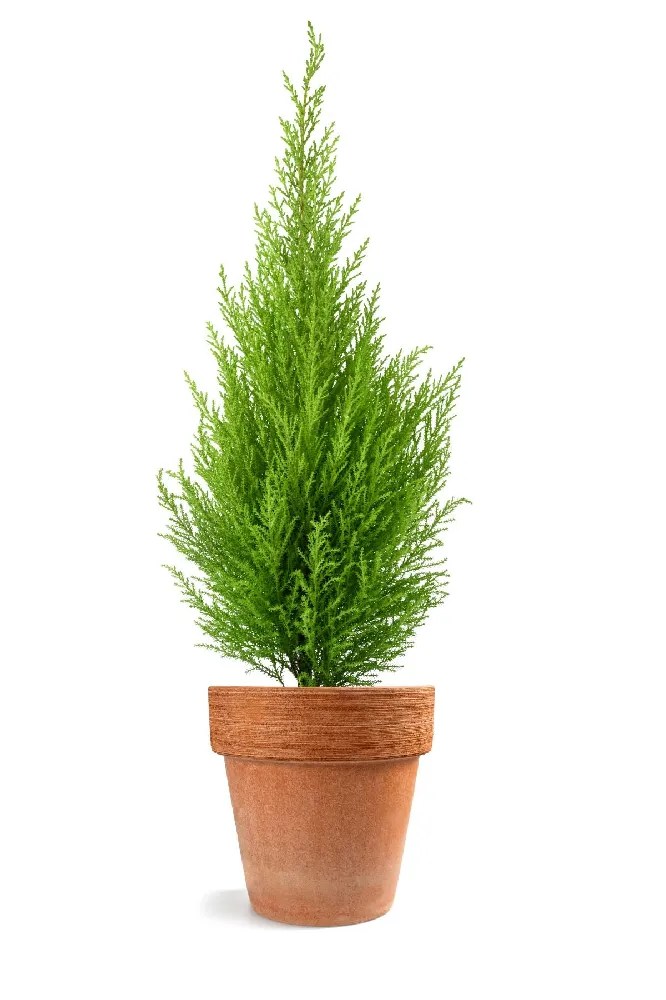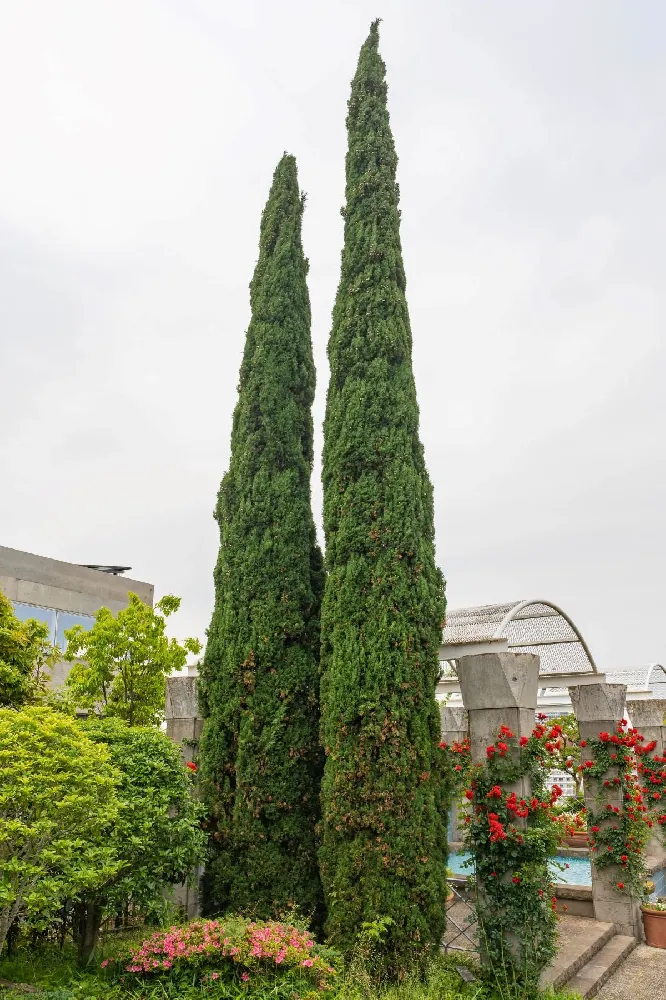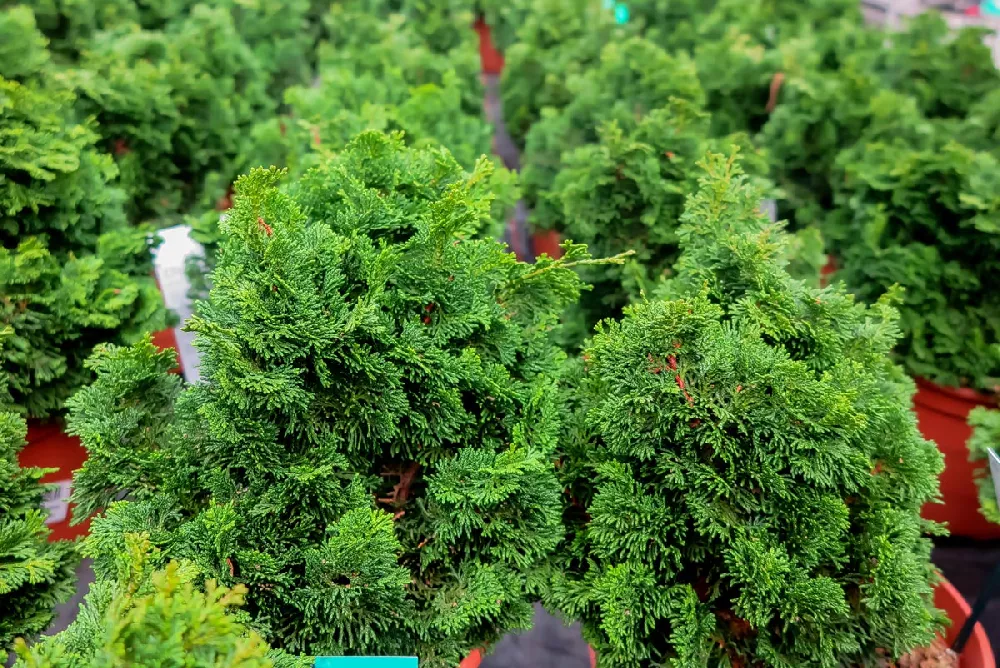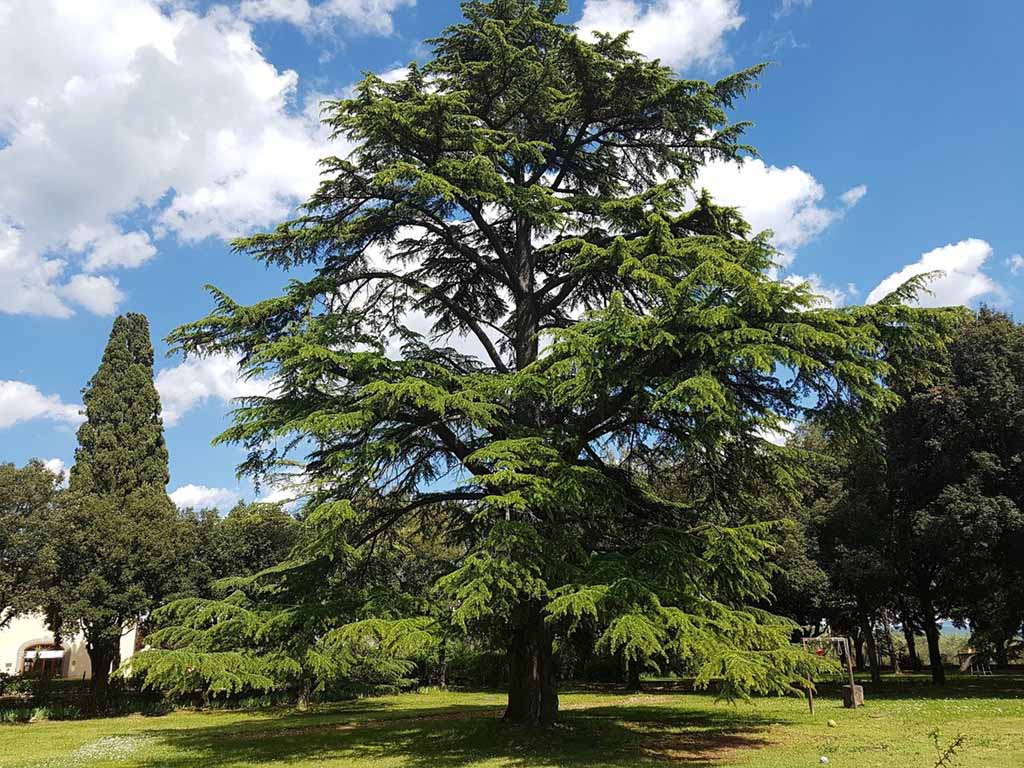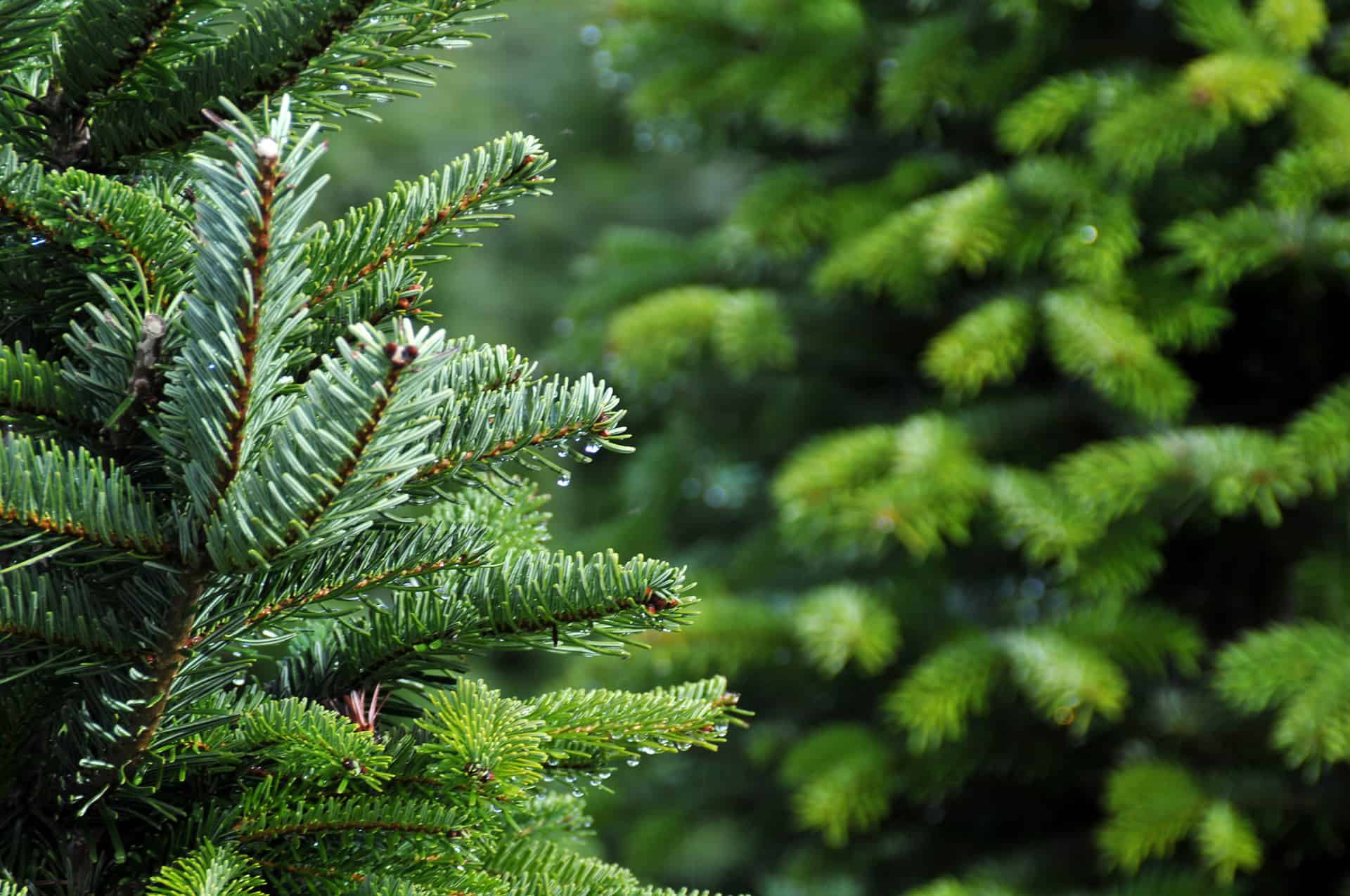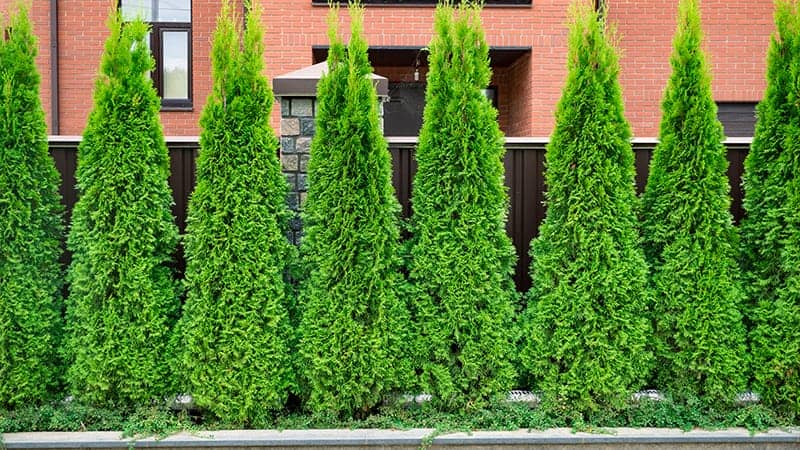- Home >
- Cypress Trees
Cypress Trees for Sale - Buying & Growing Guide
Filters
Price Range
Growing Zones
Plant Type
Sunlight
Mature Height
Plant Characteristics
13 Results
-
Best SellerGrowing Zone(s): 8-10$31.95
$40.95Save up to 21% -
Best SellerGrowing Zone(s): 6-10$26.95
$27.95Save up to 3% -
Sold OutGrowing Zone(s): 4-8$99.95
-
Sold OutGrowing Zone(s): 4-8$33.95
-
Sold OutGrowing Zone(s): 6-10$55.95
-
Sold OutGrowing Zone(s): 8-10$124.95
-
Sold OutGrowing Zone(s): 8-10$159.95
-
Sold OutGrowing Zone(s): 4-8$284.95
-
Sold OutGrowing Zone(s): 3-11 / 8-11$114.95
-
Sold OutGrowing Zone(s): 3-11 / 7-10$41.95
-
Sold OutGrowing Zone(s): 3-11 / 8-11$83.95
-
Sold OutGrowing Zone(s): 4-8$75.95
Cypress Trees for Sale – Buying & Growing Guide
Cypress trees are known to be endemic in moody Southern swamps where they grow with abandon. These attractive conifers are far more than swamp growers. Hardy down to USDA hardiness zone 5, they can be found in the Northern United States and Canada. They love boggy settings but you can also enjoy their stately beauty in your drier back yard.
How to Grow Cypress Trees
How to plant cypress trees
Cypress trees can reach 70 feet tall, so choose a site away from overhead wires, and not too close to your home, or other structures. They like sandy or loam soil and do best in full sun (six to eight hours daily). When planting multiple trees, space them at least 20 to 30 feet apart.
Dig a hole that is a little deeper and twice as wide as your sapling’s root ball. Dig enough well-decomposed compost, or manure, into the bottom of the hole so that the plant’s base will sit an inch or so above the soil level. Place the sapling into the hole and fill the hole half full of topsoil that has been mixed with compost. Pour a bucket of water into the hole. When it has sunk in, finish filling the hole with soil. Tamp down the soil to eliminate air pockets.
Water the sapling thoroughly. Apply a thick layer of organic mulch, such as bark chips or decomposed leaves, around the tree, keeping it away from the trunk. Build up a low berm (shallow hill) about a foot out from the trunk, to hold water near the root zone until it can sink in.
How to achieve maximum results
Bald cypress and pond cypress are the two types of cypress trees that grow in the United States. For maximum results, choose a bald cypress, unless you are planting your tree in a swampy or boggy area since pond cypress trees need still water to thrive. Bald cypress does well in dry spots, as long as you give it consistent water throughout the growing season, especially in spring when it is experiencing a high rate of growth.
How to Care for Cypress Trees
Watering and nutrients
Your cypress tree likes moist but not wet soil that drains well. For the first several years after planting, give it about an inch of water a week when you do not get the same from rain. Once it is established, it will tolerate dry conditions well, and should not need supplemental watering except during drought.
Do not fertilize your cypress sapling when you plant it as it receives enough nutrients from the soil and compost or manure that you planted with it. In the second year, apply a balanced, slow-release fertilizer around the root zone, in early spring. Continue with an annual fertilizing, until it reaches maturity. At that point, it should be fine without additional nutrients.
Pollination
Cypress trees are monoecious, meaning that a single tree has both male and female flowers. The flowers develop in late winter. Male flowers are small and purple, while female flowers look more like pinecones. Pollen is carried from one to the other by wind, resulting in seeds that drop the next fall.
Pruning
Cypress trees do not need regular pruning once they are mature. Cut out all diseased or broken branches when you see them. When the tree is still young and easy to reach, prune out branches that are rubbing against each other. You can also do some light trimming of interior branches to allow light and air to circulate within the canopy.
Pests, diseases, and animals
Pests that can bother your cypress tree include aphids, spider mites, and armored scale insects. A healthy, mature tree can fight off most infestations on its own. A young tree benefits from a topical insecticide, or you can encourage predator insects such as lacewings and ladybugs.
Cypress is prone to several canker diseases, which cause lesions on the branches, trunk, or roots. Prune out all branches with dead or dying spots on the bark, making the cut well below the damaged area. Disinfect your pruners afterward. Use good sanitation practices around the tree, keeping leaf debris and other materials away from the trunk, to guard against canker and root rot.
